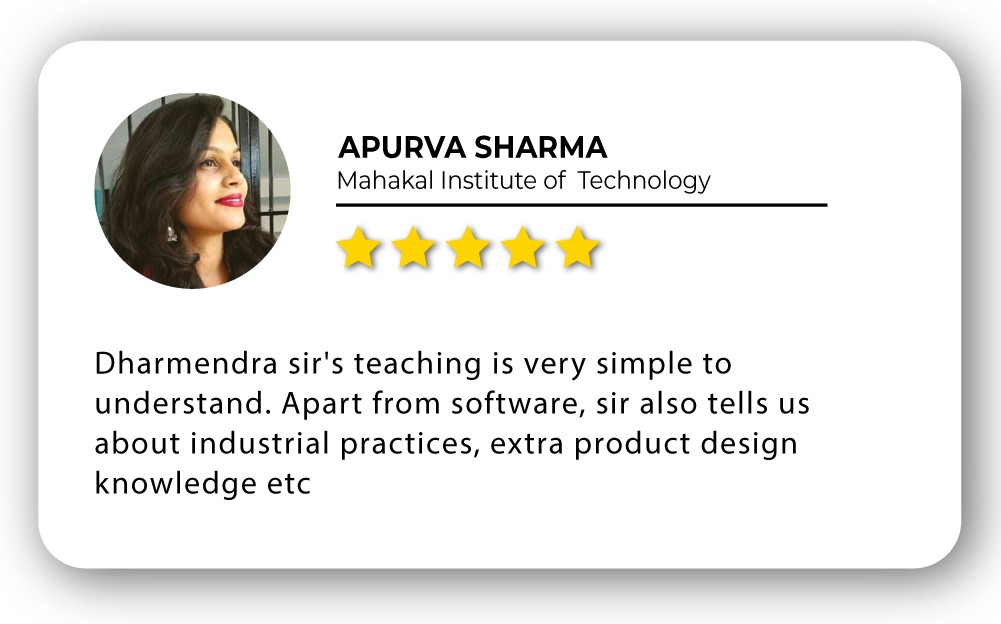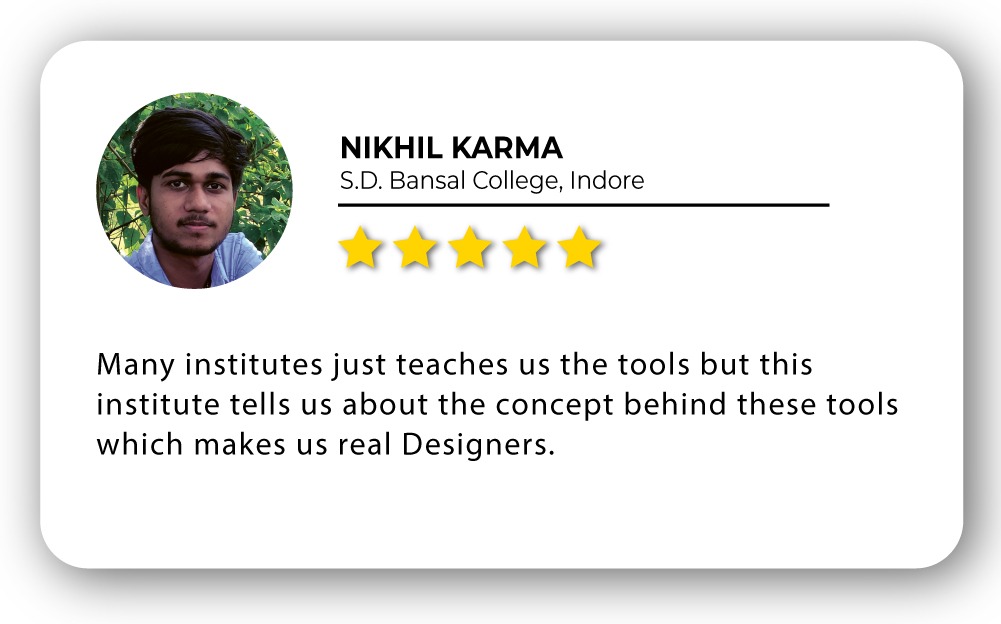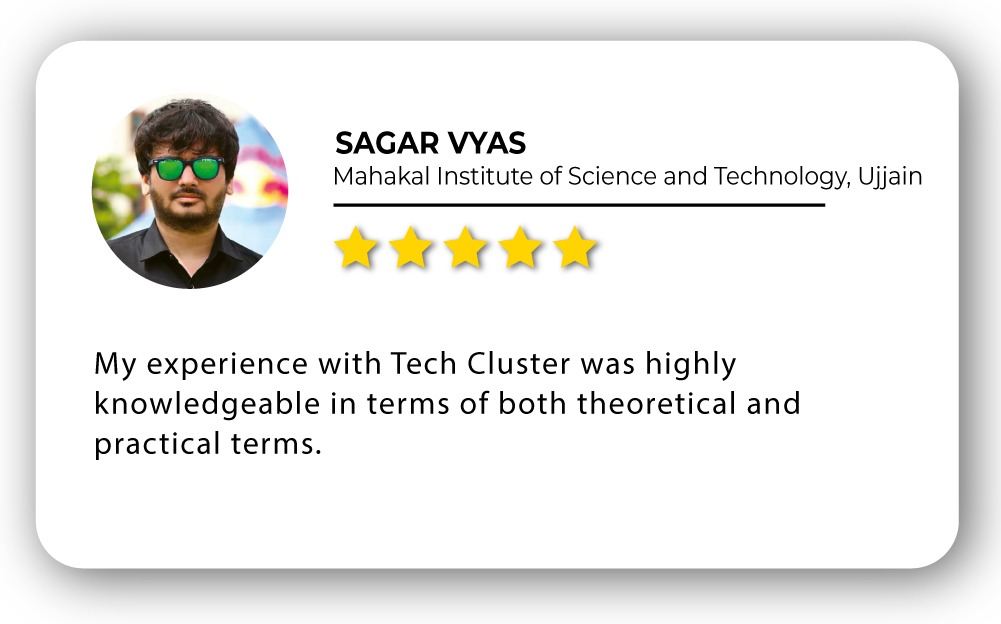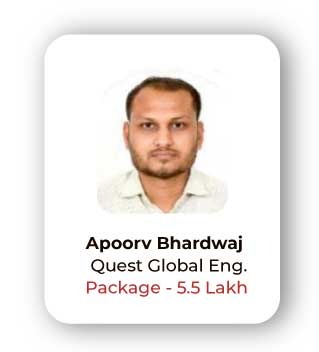
Adobe Photoshop for Game Design Training in India
- Real-Time Experts Sessions
- LIVE Project
- Certification
- Affordable Fees
- Flexibility
- Placement Support
design, and digital painting. Game designers and artists use Photoshop to create textures,
environment concepts, character designs, and game UI elements.
With its powerful painting, photo manipulation, and texturing tools, Photoshop is essential
for game asset creation, matte painting, and PBR workflows.
If you want to master Photoshop for game design, Tech Cluster in Indore offers
industry-standard training from basic to advanced levels, covering real-time projects and
100% placement assistance.
Applications
Photoshop is widely utilized across industries like game development, film, animation, and advertising for a variety of purposes. It plays a crucial role in game concept art, where artists design characters, environments, props, and storyboards to define the visual style of a game. The software is also essential for texture painting, allowing for the creation of both hand-painted textures and photorealistic PBR textures. In UI/UX design, Photoshop is used to create intuitive menus, icons, HUDs, and interfaces that ensure smooth player interactions. Artists also rely on Photoshop for matte painting, crafting detailed backgrounds, landscapes, and cinematic scenes. For sprite and 2D asset creation, Photoshop is key in producing pixel art, game backgrounds, and other essential 2D assets. Additionally, marketing and promotion of games involve creating eye-catching posters, banners, and cover art, all designed in Photoshop. Finally, photo manipulation techniques in Photoshop enable the creation of realistic assets from photographs, blending real-world imagery seamlessly into digital environments.
Course Highlights:
Adobe Photoshop Foundation:
- Introduction to Photoshop Interface & Tools
- Digital Painting & Brushes
- Layers, Masks, and Blending Modes
- Photo Editing & Retouching Techniques
- Creating Game UI Elements
- Texture Painting for 3D Models
- Exporting Assets for Game Engines
Adobe Photoshop Advanced :
- Concept Art Creation for Characters & Environments
- Hand-Painted & PBR Texturing
- Matte Painting & Backgrounds
- Advanced Selections & Clipping Masks
- Game UI/UX Design – Icons, HUDs, Menus
- Texture Map Creation – Diffuse, Normal, Roughness, Specular
- Photoshop to Unreal Engine & Unity Workflow
- Advanced Digital Painting Techniques
- Portfolio Building & Rendering
Duration :
- 45 Hours Theory
- 25 Hours Practical
- 30 Hours Project work
Technical Features:
Adobe Photoshop Foundation:
Introduction to Photoshop and Tools
In this section, students will dive into the Photoshop interface and shortcuts, learning how to efficiently navigate and utilize the software. They will explore brush tools and custom brushes for creating unique textures and effects, and understand how to manipulate selections and masks to refine their designs. The Pen tool will be covered in detail for precise paths and shapes, while students will also learn the basics of color theory and gradient mapping to enhance their artwork with harmonious color schemes and smooth transitions.


Digital Painting and Concept art
In this section, students will learn essential techniques for sketching and creating line art, a fundamental skill for digital art. They’ll dive into the principles of shading and lighting to give their artwork depth and realism, as well as explore blending techniques and layer modes to seamlessly combine elements and create smooth transitions. Additionally, the course will introduce speed painting, a vital skill for quickly conceptualizing and iterating on ideas, which is particularly useful for concept art and pre-production work.


Texture Painting & UV Texturing
In this section, students will learn how to create seamless textures, which are essential for ensuring consistency in game environments. The course will focus on hand-painted textures, ideal for stylized games, teaching students how to achieve vibrant, unique looks. Students will also master the PBR texturing workflow, covering key texture maps such as diffuse, normal, ambient occlusion (AO), and roughness to create realistic, game-ready assets. Finally, the section will guide students on exporting textures for use in Substance 3D Painter and directly into game engines, ensuring their assets are optimized for real-time rendering.


Matte Painting & Background Art
In this section, students will explore photobashing and composition techniques to combine photography with digital painting, creating rich, dynamic backgrounds and environments. They will learn advanced layer blending methods and how to apply atmospheric perspective to add depth and realism to their artwork. The course will cover the process of creating cinematic backgrounds and environment art, helping students design visually compelling settings. Additionally, students will master lighting and depth in 2D paintings, enhancing the mood and realism of their compositions.
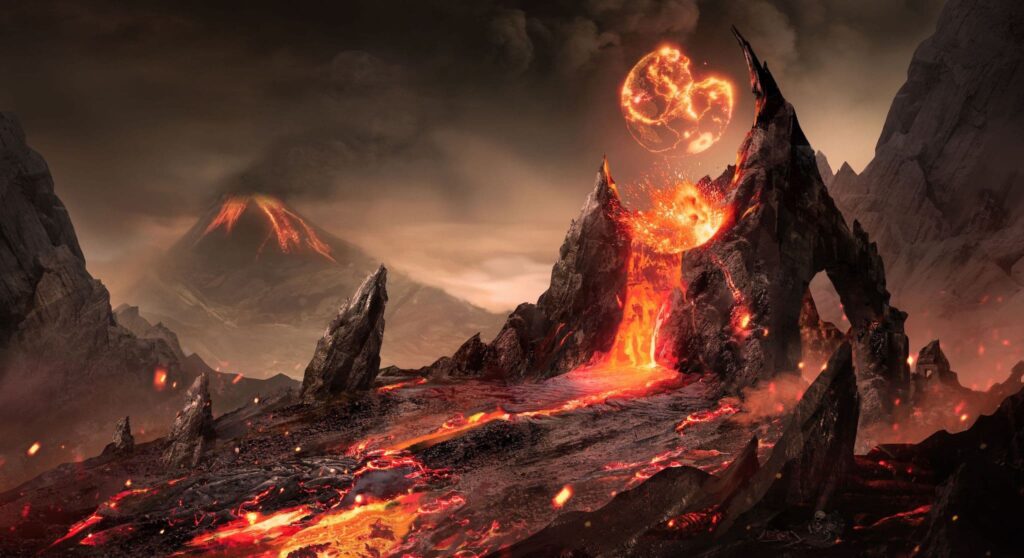

Adobe Photoshop Advanced
Game UI/UX Design
In this section, students will learn how to design essential game menus, HUDs (Heads-Up Displays), and icons to create intuitive and engaging player interfaces. They will focus on designing health bars, power-ups, and skill trees, which are crucial elements in most games. The course will also dive into typography and font effects, teaching students how to choose and manipulate fonts to match a game’s aesthetic. Lastly, students will gain the skills needed to export UI elements efficiently for integration into both Unreal Engine and Unity, ensuring their designs are game-ready and optimized for performance.


Texture Creation & Game Asset Design
In this section, students will master high-resolution texture painting, focusing on techniques to create detailed grunge, metal, and fabric textures that add realism to game assets. They will learn to create and work with essential texture maps, including normal, specular, height, and emissive maps to achieve accurate surface details and lighting effects. Additionally, the course will cover photo-based texturing and image editing, allowing students to blend photographic textures into their digital artwork, enhancing the quality and authenticity of their designs.

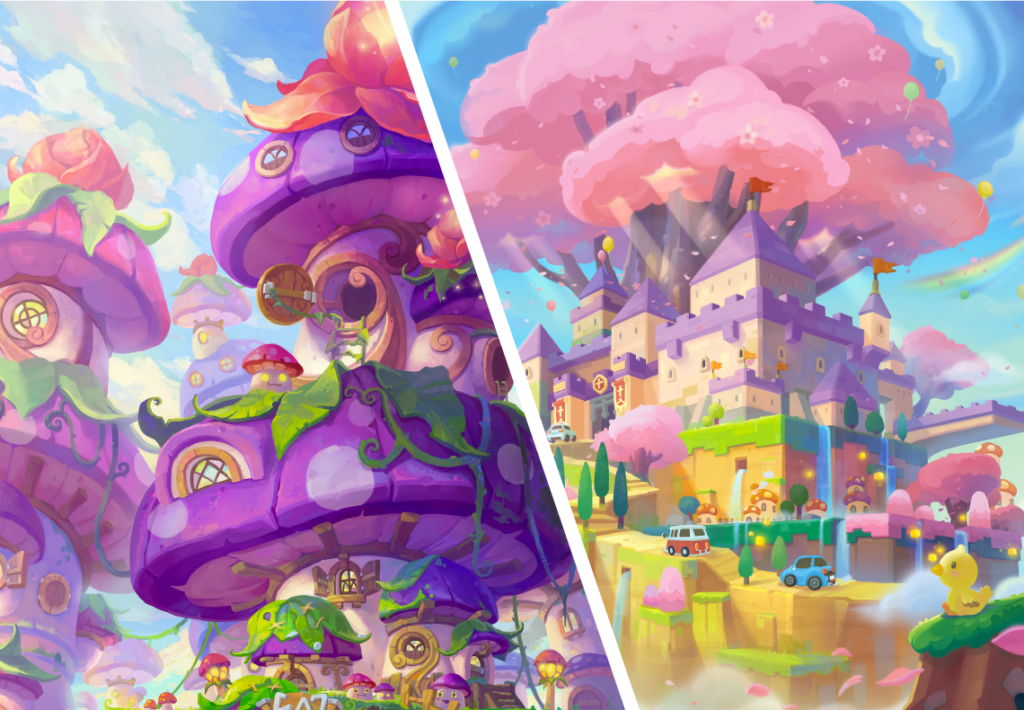
Photoshop to Game Engine Workflow
In this section, students will learn how to export game textures to Unreal Engine and Unity, ensuring smooth integration with game engines. The course will cover the process of optimizing files for real-time engines, focusing on techniques to reduce texture sizes without compromising visual quality. Students will also explore the creation of tileable and procedural textures to enhance their asset libraries. Additionally, the course will teach how to efficiently use Photoshop with Substance 3D Painter, combining the strengths of both tools to refine and export game-ready textures.
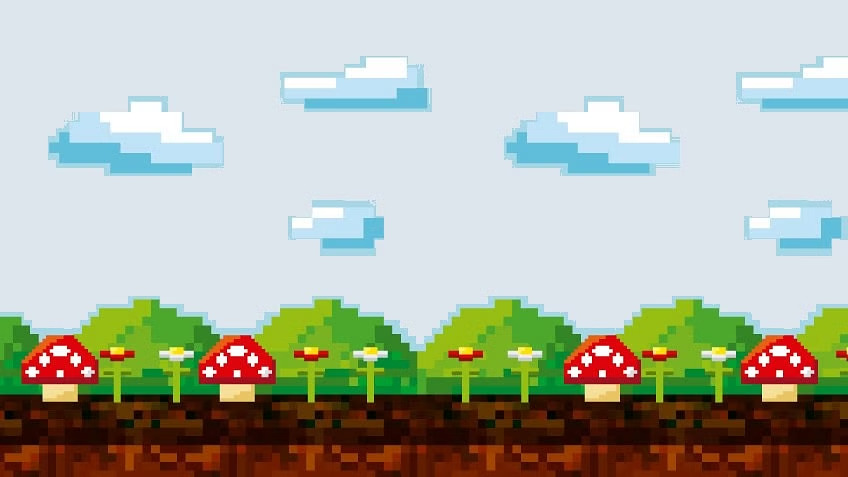

Portfolio Development & Rendering
In the final section, students will focus on the Final Project Showcase & Rendering, where they will polish and present their best work. This includes mastering presentation techniques for game art, such as creating professional-looking renders and turntable animations. They will also refine their concept art and game assets, ensuring everything is optimized for portfolios. The course will guide students through the process of showcasing their skills and projects in the most impactful way for potential employers or clients.
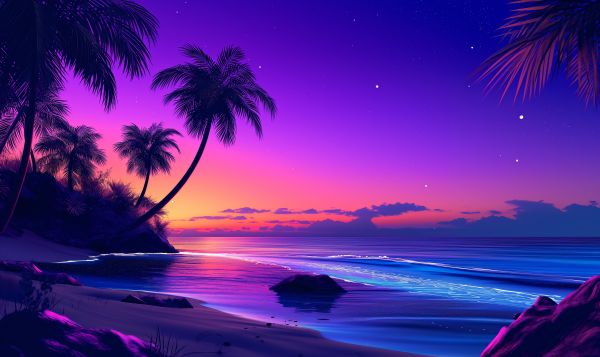
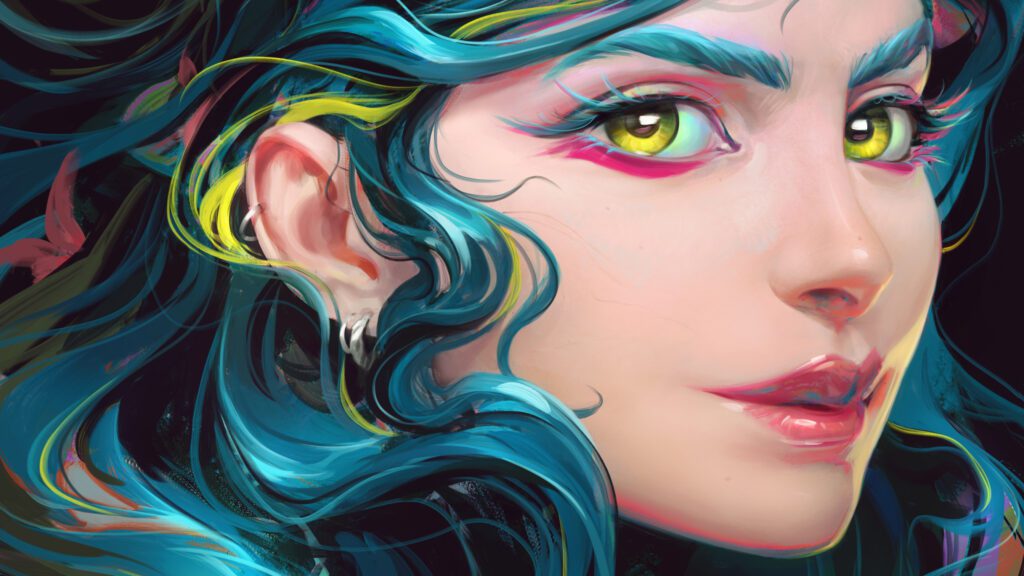
Upcoming Batches
Certifications
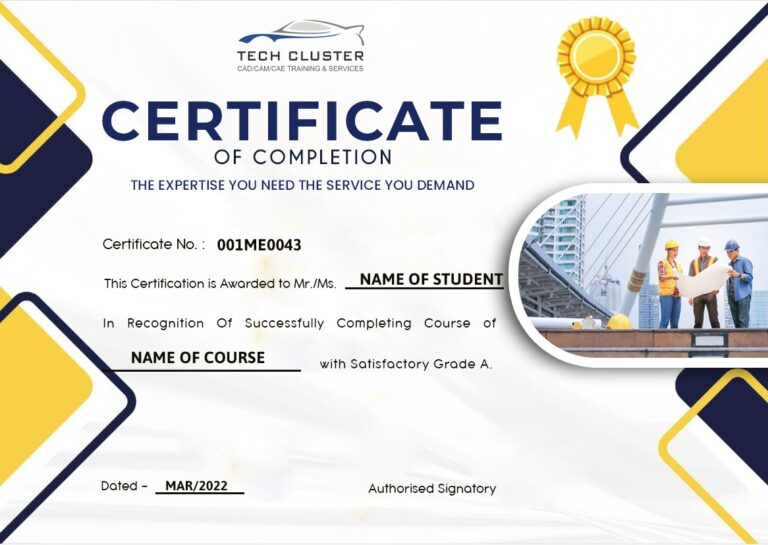
Adobe Photoshop Certification Training
About Adobe Photoshop Certification Training in Indore at Tech Cluster
Reviews
